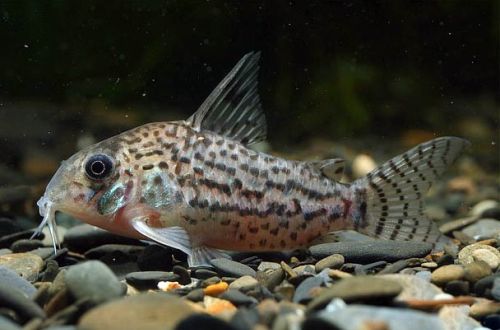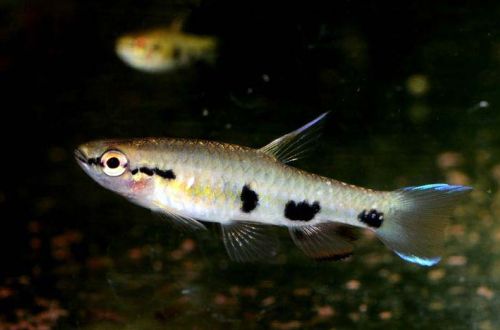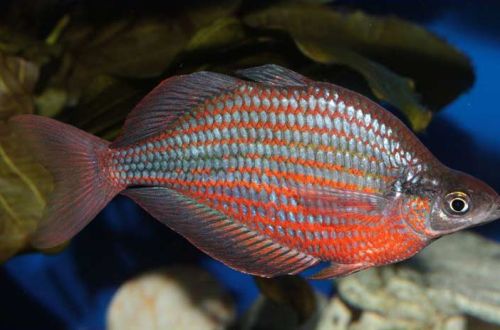
Corridors Acres
Akri Corydoras or Cory Akri catfish, scientific name Corydoras acrensis, belongs to the family Callichthyidae (Shelled or Callichthy catfishes). The name of the fish comes from the area in which it was discovered – the Brazilian state of Acre on the border with Peru and Bolivia. In nature, it occurs in a limited area in the basin of the Zhurua River.

Description
Adult individuals reach a length of about 5 cm. The body shape is typical of most Corydoras catfish. Despite their modest size, they look chunky and massive. The coloring is not unique, many Cory catfish have a similar pattern – black specks on a gray background. For example, Cory Armored, Corydoras Agassiz, Corydoras Gomez and many others look similar. A distinctive feature of Corydoras Akri is the uniform distribution of speckles that do not merge into lines, and there is a larger black spot on the dorsal fin.
Brief information:
- The volume of the aquarium – from 80 liters.
- Temperature – 21-25°C
- Value pH — 6.0–7.5
- Water hardness – soft to medium hard (2-12 dGH)
- Substrate type – sand or gravel
- Lighting – moderate or bright
- Brackish water – no
- Water movement – light or moderate
- The size of the fish is about 6 cm.
- Food – any sinking food
- Temperament – peaceful
- Keeping in a group of 4-6 fish
- Maintenance and care
Catfish does not make high demands on its content. Aquarium maintenance is standard and includes such obligatory procedures as weekly replacement of part of the water with fresh water, regular removal of organic waste (food leftovers, excrement) and preventive maintenance of installed equipment.
Comfortable conditions for the life of corridors are achieved in a spacious aquarium from 80 liters for 4–6 individuals, which has a soft substrate and several shelters at the bottom, and is filled with water of suitable composition (pH and dGH values).
Food. Due to its unpretentiousness, there are no problems with the choice of feed. Catfish will accept any food that is suitable in size. It is advisable to use sinking feed.
behavior and compatibility. They have a peaceful disposition and get along well with most species that will not consider catfish as a source of food.





